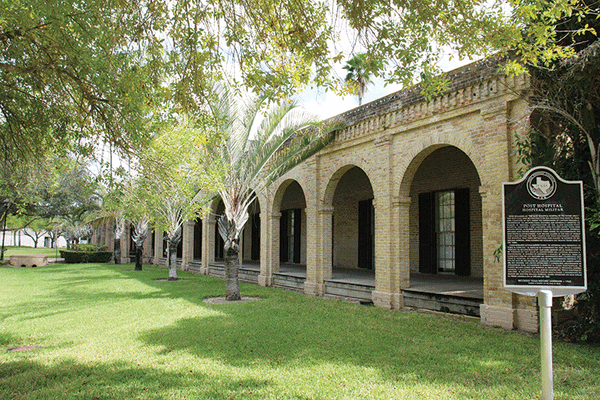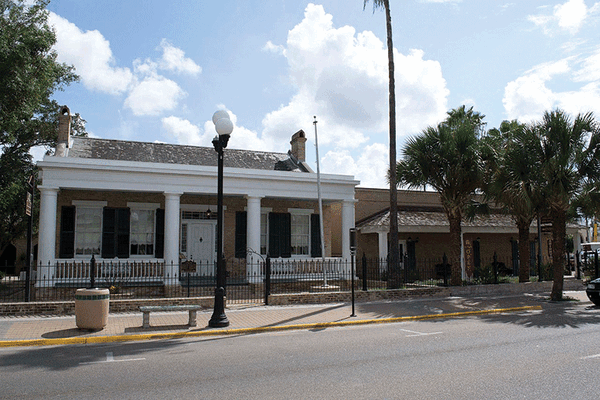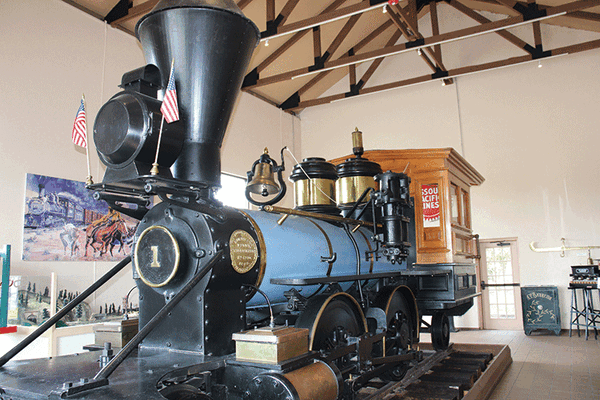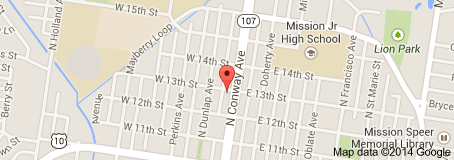 When talking about Brownsville museums, you can’t talk about just one. Brownsville has the Heritage Museum, Stillman House Museum, the Historic Brownsville Museum, Costumes of the Americas Museum, and the Laureles Ranch House Museum.
When talking about Brownsville museums, you can’t talk about just one. Brownsville has the Heritage Museum, Stillman House Museum, the Historic Brownsville Museum, Costumes of the Americas Museum, and the Laureles Ranch House Museum.
The Brownsville Historical Association has a wonderful fold out map of the City of Brownsville. Through visiting areas on the map, you will learn its history and the importance of many buildings in the city. You can discover a lot of Brownsville’s history, heritage and culture that the Brownsville Historical Association is preserving in downtown Brownsville.
They also have historic walking tours, museum tours, and more.
You can download a version from www.brownsvillehistory.org or get one at one of the museums. On the website you can also download their walkable tours and sync it with Google Maps or other software you might have on your phone. They have six walking tours depending on what areas you want to see. If I had more time, I would have probably gone on a couple of their walking tours.
Their Downtown and Market Square Walking Tour includes the Stillman House, Profirio Diaz House, Webb Drugstore, San Roman Building, Majestic Theatre, the Old City Library, and more in their downtown historical area.
 The Stillman House is all set up pretty close to how it would have been in the 1850’s. It has a beautiful hearth kitchen, outdoor garden area, wood floors, white columns out front, and there is an area that displays the history of the Stillman’s and city. The Porfirio Diaz House has been transformed into a museum. There is a lot to see in this building – from the history of farming, trains, cars and battles that have been fought in the area.
The Stillman House is all set up pretty close to how it would have been in the 1850’s. It has a beautiful hearth kitchen, outdoor garden area, wood floors, white columns out front, and there is an area that displays the history of the Stillman’s and city. The Porfirio Diaz House has been transformed into a museum. There is a lot to see in this building – from the history of farming, trains, cars and battles that have been fought in the area.
The Fort Brown Walking Tour includes the Post Hospital Annex/Medical Laboratory, Commanding Officer’s Quarters, the Old Morgue, Commissary, Post Chapel, among other buildings. There is a Resaca that has amazing views of the campus as well. These buildings have changed uses over time and are now a college campus but still carry on the architecture of the mid-1800s.
There is a City Cemetery and Train Depot Walking Tour that takes you back in time to the sounds of yesteryear hearing the trains whistling as they brought in goods, picked up goods, or transported the calvary. The City Cemetery has several sections within that highlight above ground crypts and many of the founders of the City of Brownsville. The cemetery features a Masonic section, a Hebrew Cemetery, and a Catholic Parcel. There is also a Potter’s Field in the cemetery. Potter’s Field was a designated area for the burial of the indigent and also included unclaimed bodies of bandits and criminals and victims of disease epidemics and war.
 Other walking tours are the Former Courthouse Tour that includes the Immaculate Conception Cathedral, Lusena House and Old Jail. The Palm Boulevard Walking Tour includes the First Presbyterian Church built in 1927, Brownsville High School built in 1916, and the Clearwater School built in 1922. The Alonso Building and Sacred Heart Walking Tour includes the Brooks House (1888), Hanson House (1876), Alonso Building (1877), Sacred Heart Church (1912), Old Gas Station (1935), and many more houses of note.
Other walking tours are the Former Courthouse Tour that includes the Immaculate Conception Cathedral, Lusena House and Old Jail. The Palm Boulevard Walking Tour includes the First Presbyterian Church built in 1927, Brownsville High School built in 1916, and the Clearwater School built in 1922. The Alonso Building and Sacred Heart Walking Tour includes the Brooks House (1888), Hanson House (1876), Alonso Building (1877), Sacred Heart Church (1912), Old Gas Station (1935), and many more houses of note.
I invite you to visit www.brownsvillehistory.org and learn about how rich in history the city is. It played a vital role in developing our current border and developing the rest of the Valley in turn. The city has grown a lot since 1840 and continues to grow but has not forgotten its history.









